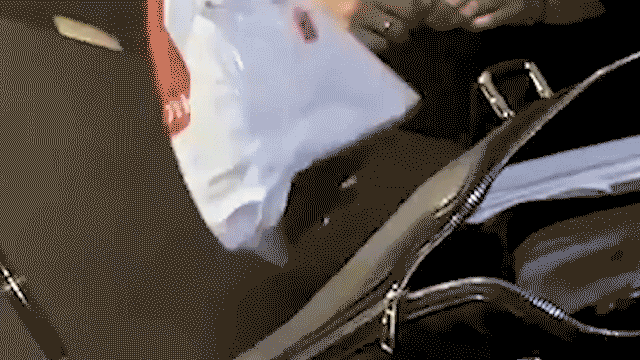
March 17: Children dressed as Leprechauns watch the St Patrick's Day parade in Dublin, Ireland. (AP)
As revelers across the world celebrate St. Patrick's Day, they will embrace classic symbols like the shamrock and the leprechaun. But what exactly are leprechauns, and how did the famed green figures of folklore come into existence?
The original leprechaun was not the top-hat wearing, pipe-smoking, green clad sprite of modern day.
The legend of the leprechauns states that these fairies hail from Ireland, where they make shoes and wreak havoc on unsuspecting humans, according to AngelicInspirations.com.
The group's namesake is purported to have arisen from the Irish term "leath bhrogan," meaning shoemaker, according to the site IrelandsEye.com. Other theorists believe the word comes from the term "luacharma'n," which means pygmy. And yet some say the mythical figures are named after the Euro-Celtic god named Lugh, pronounced "Luck," according to Angelic Inspirations.
Spotting a leprechaun does indeed bring good luck, according to legend, but it's not an easy task. The sound of the fairy's shoe hammer is purported to lead one to an elusive pot of gold, but the mischievous creatures will cunningly try to entice humans with riches, only to snatch it away in an act of trickery, Time magazine reported.
The fairies guard the treasure believed to have been buried by the Danes who once conquered Ireland. To see and follow the merry mischief-maker is no small task, as they are known to vanish before humans may spot them.
When they are not making shoes or guarding treasure, the tiny green figures are known to be merry-makers who drink, dance, and play music, Angelic Inspirations was quoted by MyFoxDetroit.com.
Though leprechauns are traditionally featured wearing green garments, Irish novelist Samuel Lover wrote in the 1830s that the leprechaun of his tale wore red.








































